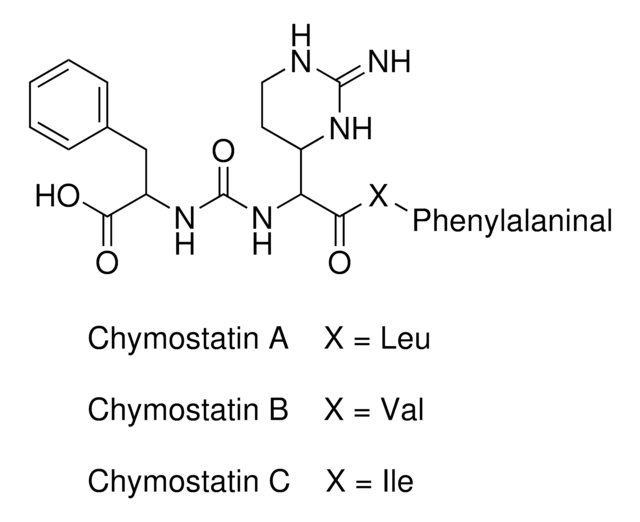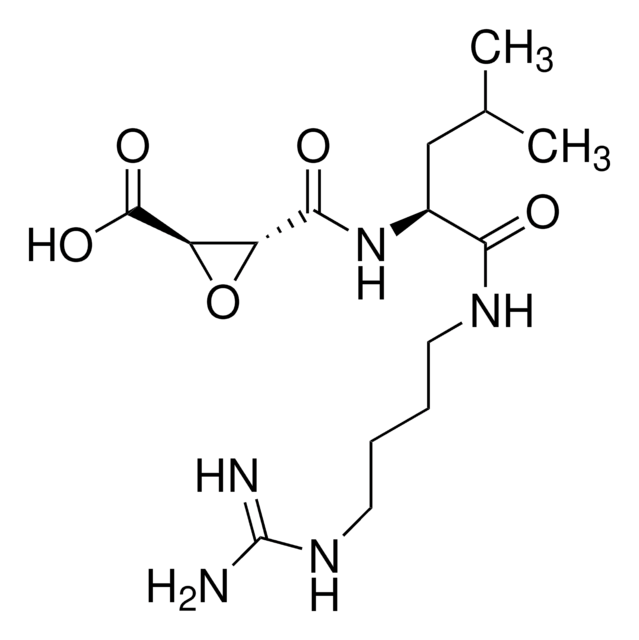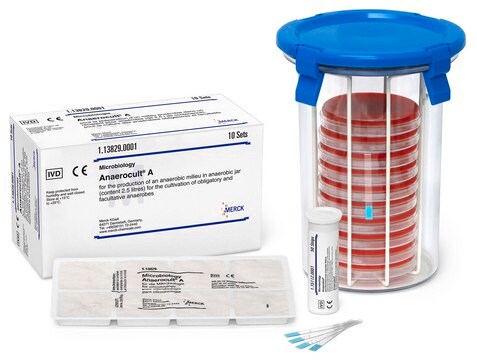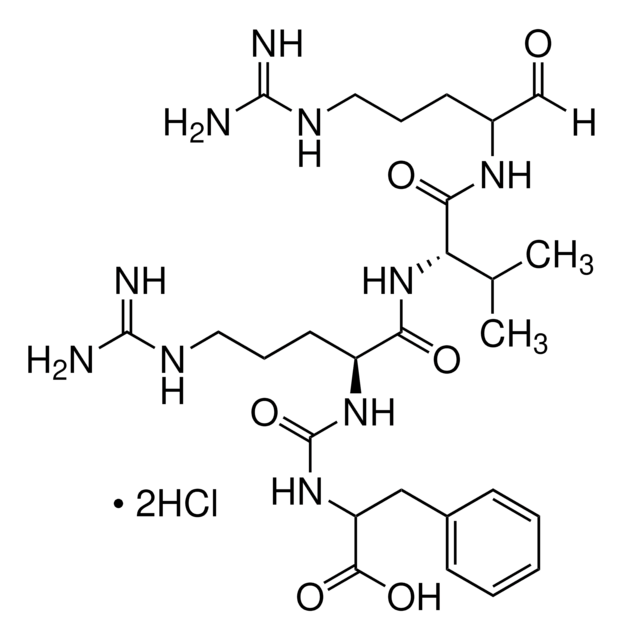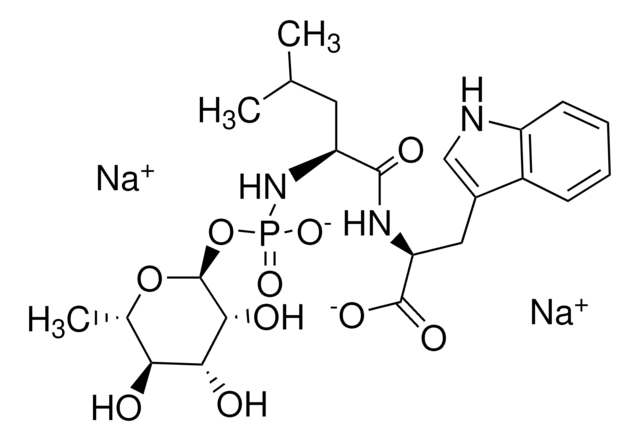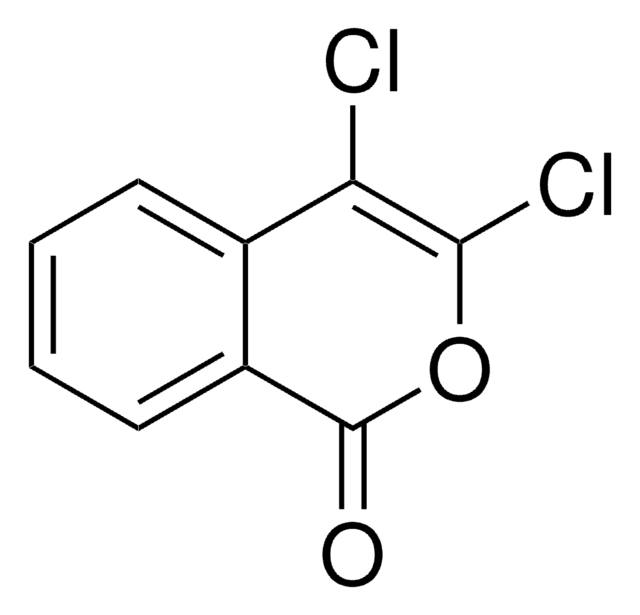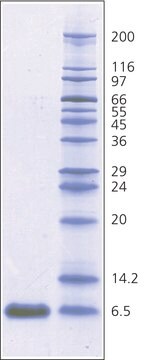11004638001
Roche
Chymostatin
Synonyme(s) :
Chymostatin, N-(Nα-Carbonyl-Cpd-X-Phe-al)-Phe (Cpd = capreomycidine) (capreomycidine = [S,S]-α-(2-Iminohexahydro-4-pyrimidyl)glycine)
About This Item
Produits recommandés
Forme
powder
Niveau de qualité
Poids mol.
Mr = 607.71
Conditionnement
pkg of 10 mg
Fabricant/nom de marque
Roche
Pf
205 °C
Solubilité
acetic acid: soluble 20 mg/mL
Température de stockage
2-8°C
Chaîne SMILES
OC(C(NC(NC(C1NC(NCC1)=N)C([F,Cl,Br,I]C)=O)=O)CC2=CC=CC=C2)=O
Clé InChI
MRXDGVXSWIXTQL-HYHFHBMOSA-N
Vous recherchez des produits similaires ? Visite Guide de comparaison des produits
Description générale
Application
Actions biochimiques/physiologiques
Qualité
Variante de formule
Notes préparatoires
1 U chymotrypsin is inhibited to 49% of the original activity by 1.8 μg of chymostatin.
Thin-layer chromatography: butanol/methanol/H2O = 4 / 1 / 2
Working solution: Soluble in glacial acetic acid or DMSO to 20 mg/ml. Sparingly soluble in water, methanol, or ethanol. Insoluble in ethyl acetate, petroleum and ethyl ethers, hexane, or chloroform (CHCl3).
It is recommended to dissolve the inhibitor in 1% acetic acid in higher concentration and to adjust the concentration wanted with phosphate buffer, 0.05 M, pH 7.0, which is common for chymotrypsin assay.
CAUTION: DMSO (Dimethyl sulfoxide) will permeate the skin, carrying solubilized protease inhibitors. Always wear appropriate protection for eyes, skin, etc.
Storage conditions (working solution): -15 to -25 °C
Dilute solutions should be stored frozen in aliquots at -15 to -25 °C and are stable for approximately one month. Avoid repeated freezing. Growth of microorganisms should be avoided as proteases from microbial origin may hydrolyze the peptides.
Autres remarques
Code de la classe de stockage
11 - Combustible Solids
Classe de danger pour l'eau (WGK)
WGK 1
Point d'éclair (°F)
Not applicable
Point d'éclair (°C)
Not applicable
Faites votre choix parmi les versions les plus récentes :
Déjà en possession de ce produit ?
Retrouvez la documentation relative aux produits que vous avez récemment achetés dans la Bibliothèque de documents.
Les clients ont également consulté
Notre équipe de scientifiques dispose d'une expérience dans tous les secteurs de la recherche, notamment en sciences de la vie, science des matériaux, synthèse chimique, chromatographie, analyse et dans de nombreux autres domaines..
Contacter notre Service technique